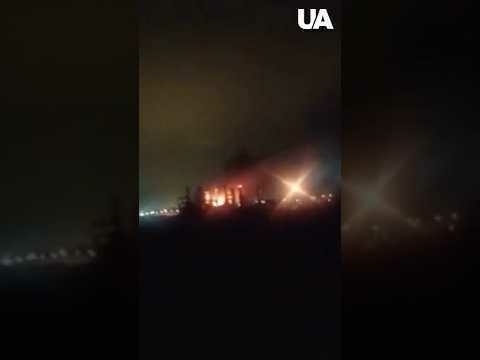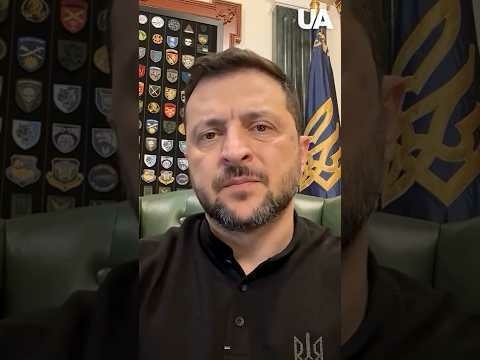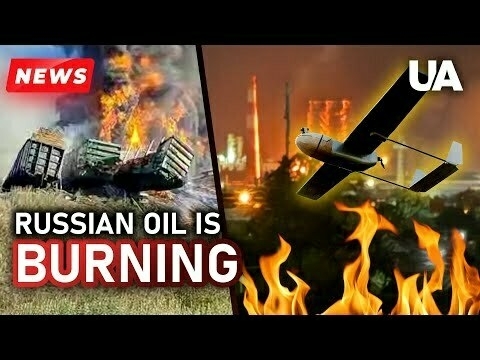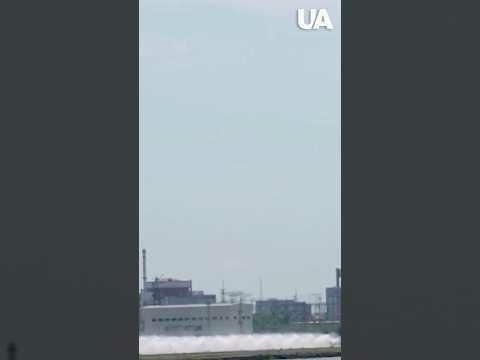
Support the OSINT Ukraine Archive the 🇷🇺 War against Ukraine 🇺🇦
Reading

Spies, Lies, and Algorithms
Amy B. Zegart
- Hungarian drones breach Ukraine's airspace, Zelensky says
- Ukraine confirms drone strike on one of southern Russia's largest oil refineries, vows to continue attacks
- Russia's railways hit by second blast this month, trains …
Russia
Photos
Russia helping China prepare for war with Taiwan, leaked documents say
Russia
Photos
Investigation finds Russian surveillance, sabotage ship near European undersea cables, FT reports
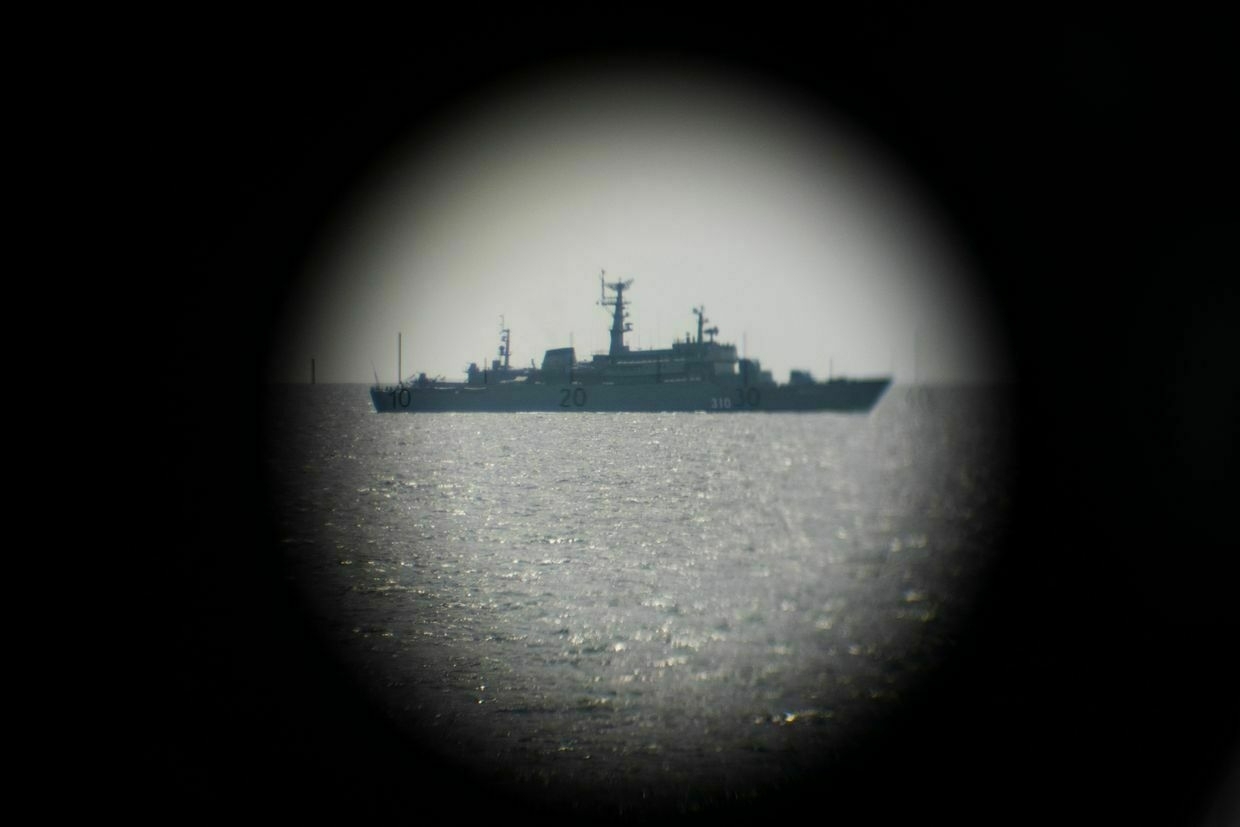
Russia
Photos
USA
Turkish imports of Russian oil fall as Trump pressures allies, Reuters reports
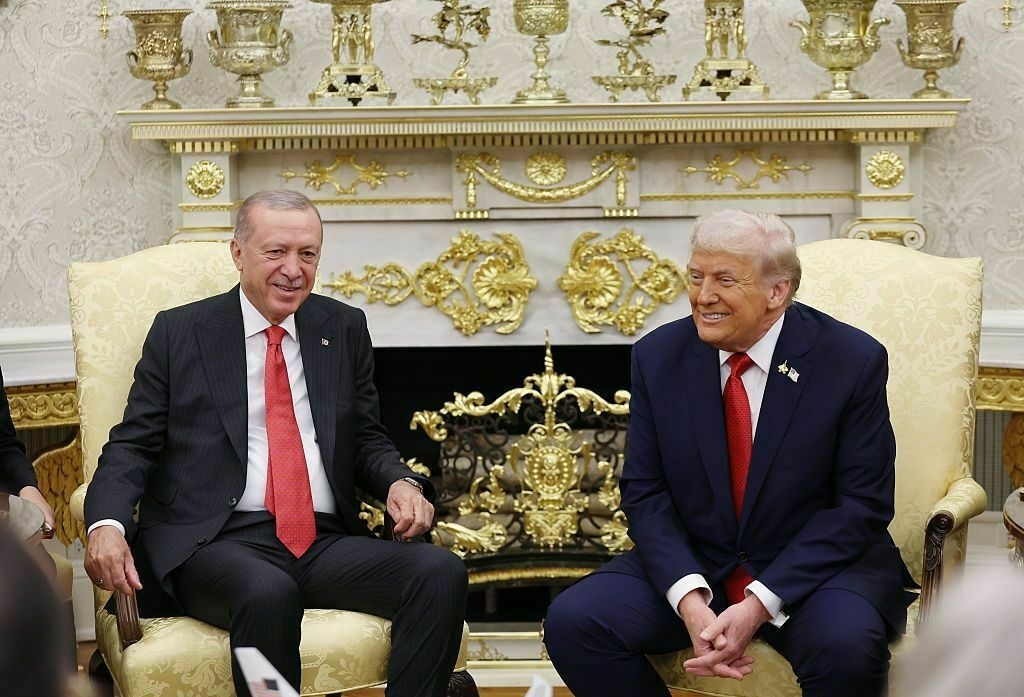
Ukraine
Russia
Photos
Ukraine war latest: Hungarian drones breach Ukraine's airspace, Zelensky says
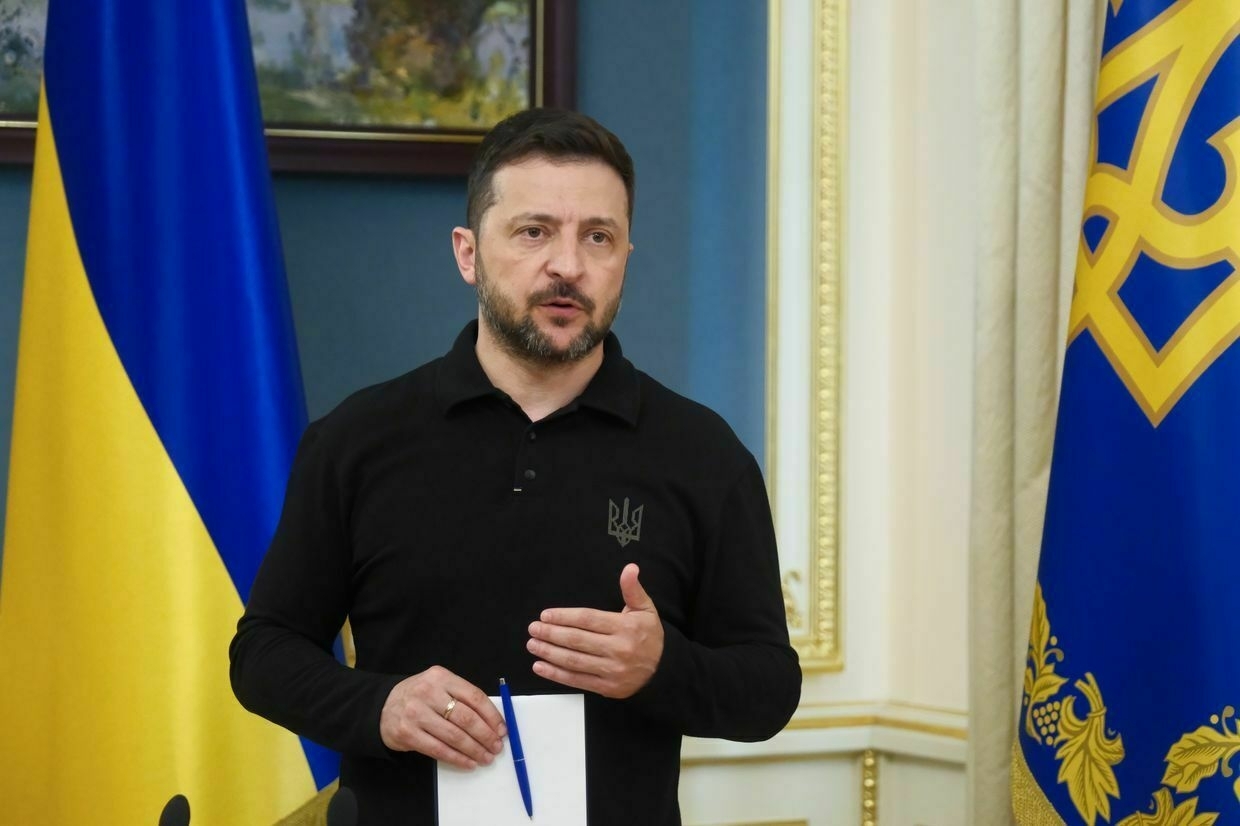
Key developments on Sept. 26:
Photos
Unidentified drones spotted in northern Germany near Danish border, NDR reports
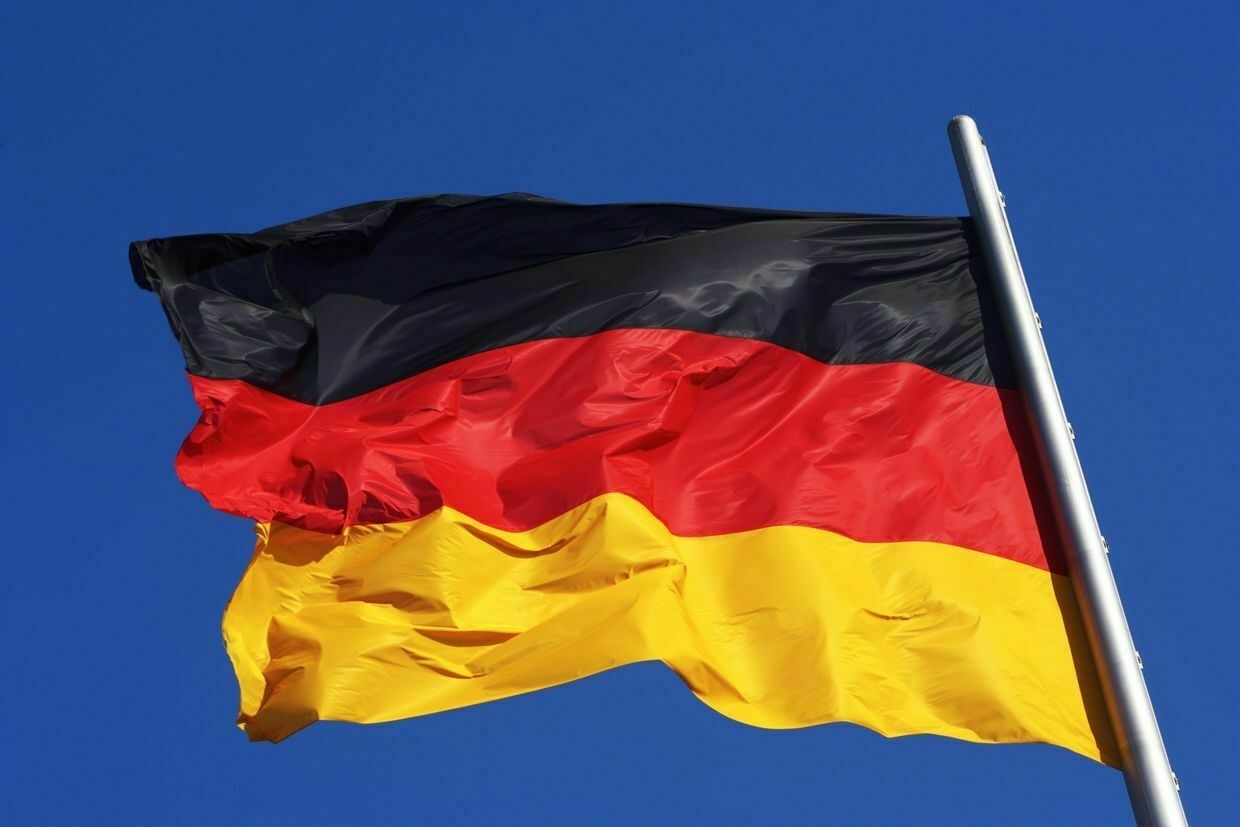
Russia
Photos
Drones burn oil and strike Moscow. The Kremlin cries out about a global war | Weekly Wrap-Up
Russia
Photos
Who sabotaged Nord Stream? 3 Years on, investigations offer more questions than answers
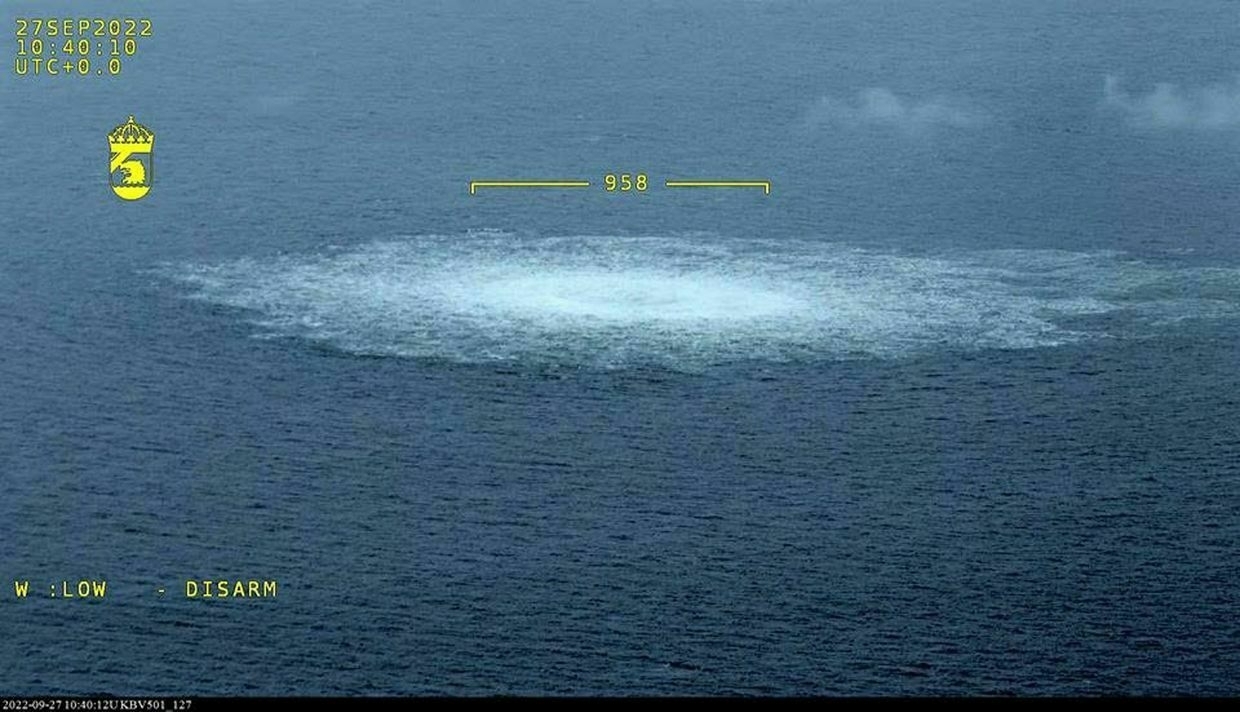
Three years since explosions rocked Russia's cherished Nord Stream pipelines, making them obsolete, very little remains known about the daring operation.
One of the boldest sabotages in modern history led to a series of underwater explosions and …
Russia
Photos
Russia ally used $8 billion in cryptocurrency to evade sanctions, meddle in Moldova vote, study finds
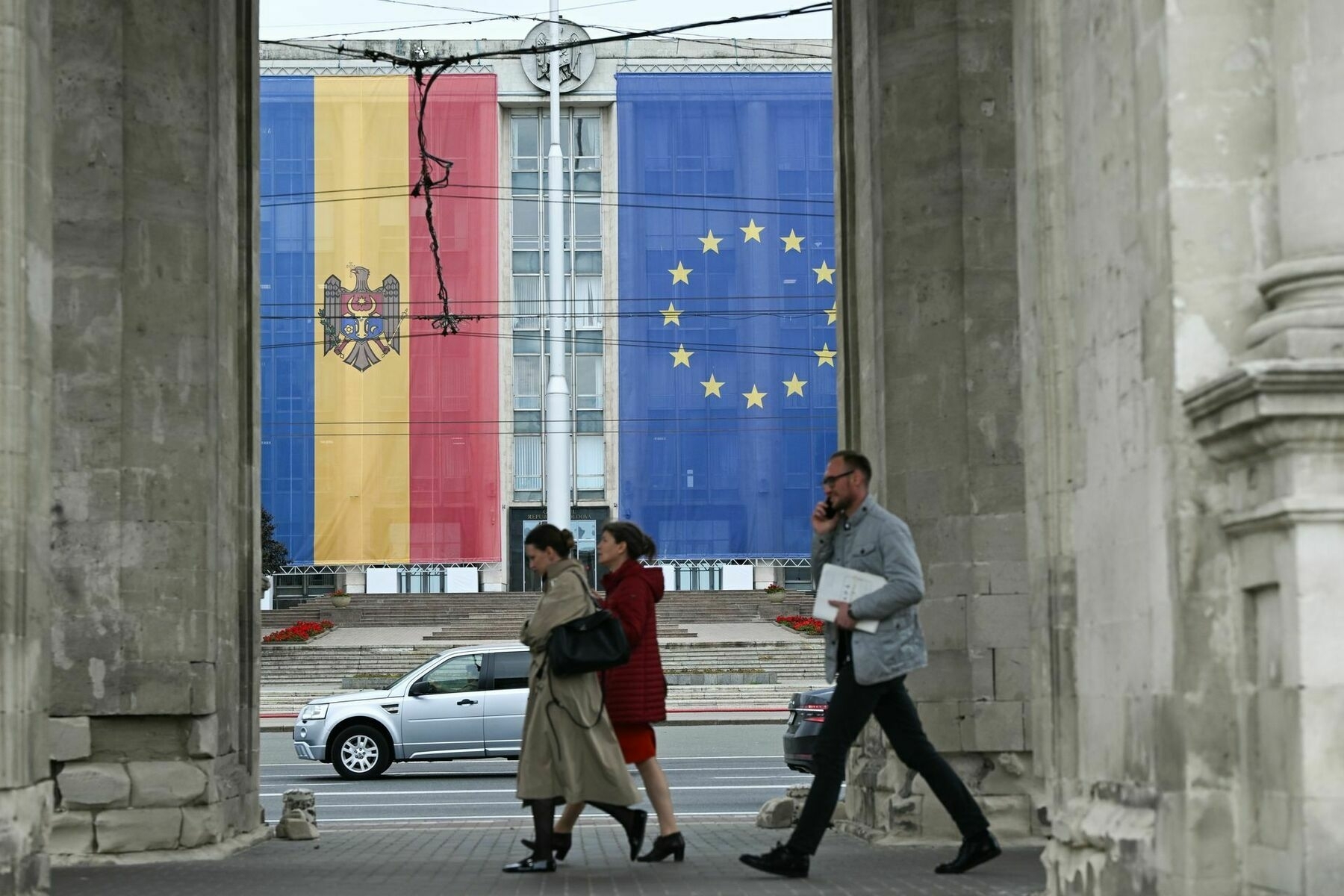
Ukraine
Russia
Photos
Russia's Rosatom complicit in war crimes, report alleges, says treatment of power plant staff risks nuclear disaster
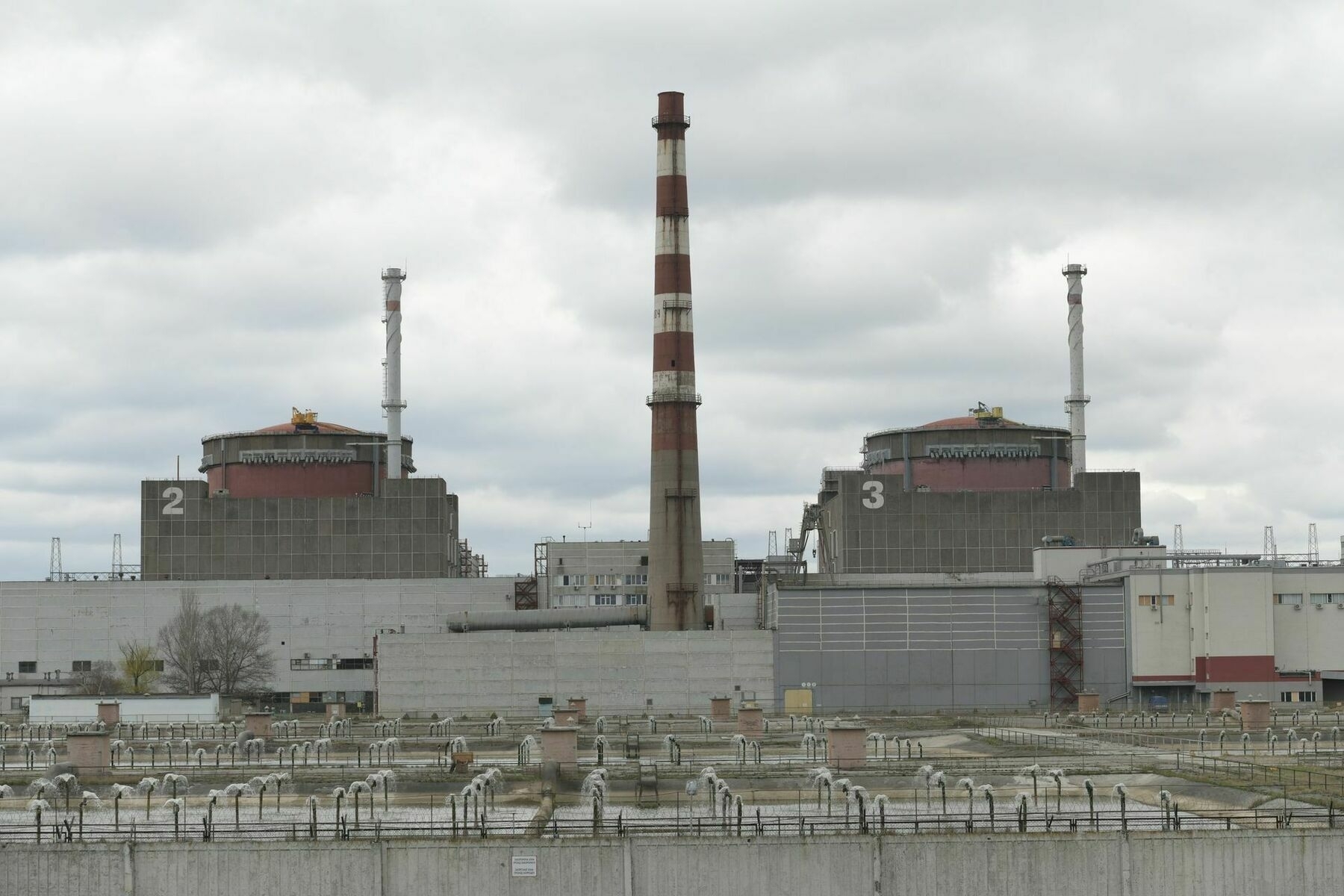
Russia's state nuclear energy corporation, Rosatom, is complicit in war crimes including the detention and torture of staff at the Zaporizhzhia Nuclear Power Plant (ZNPP), adding to a growing risk of a nuclear disaster, a new report by Truth Hounds …
Ukraine
Photos
Survival for civilians – The experience of Ukrainians near the front line| Weapons with @StarskyUA
Russia
Photos
Spies among us? Shaun Walker's new book details Russia’s decades-long international espionage program

It could be a scene from a thriller — watching the FBI arrest your own parents for being Russian spies. But for Alexander and Timothy Vavilov, who had known their parents all their lives as Donald Heathfield and Tracey Foley, it was reality.
Andrey …
Russia
Photos
Russian drone strike on Kharkiv shopping center injures 4, officials say
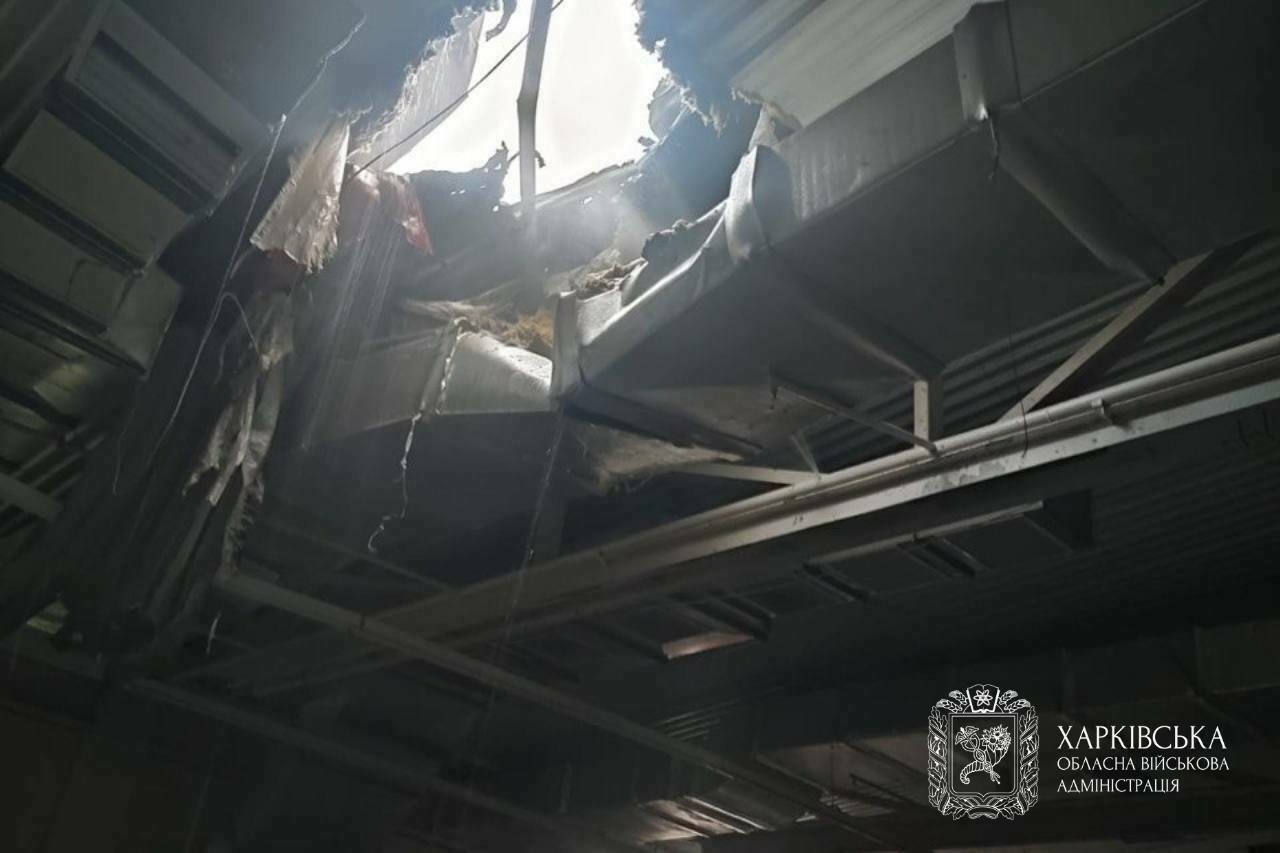
Ukraine
Photos
Romania eyes joint drone production with Ukraine under EU defense scheme
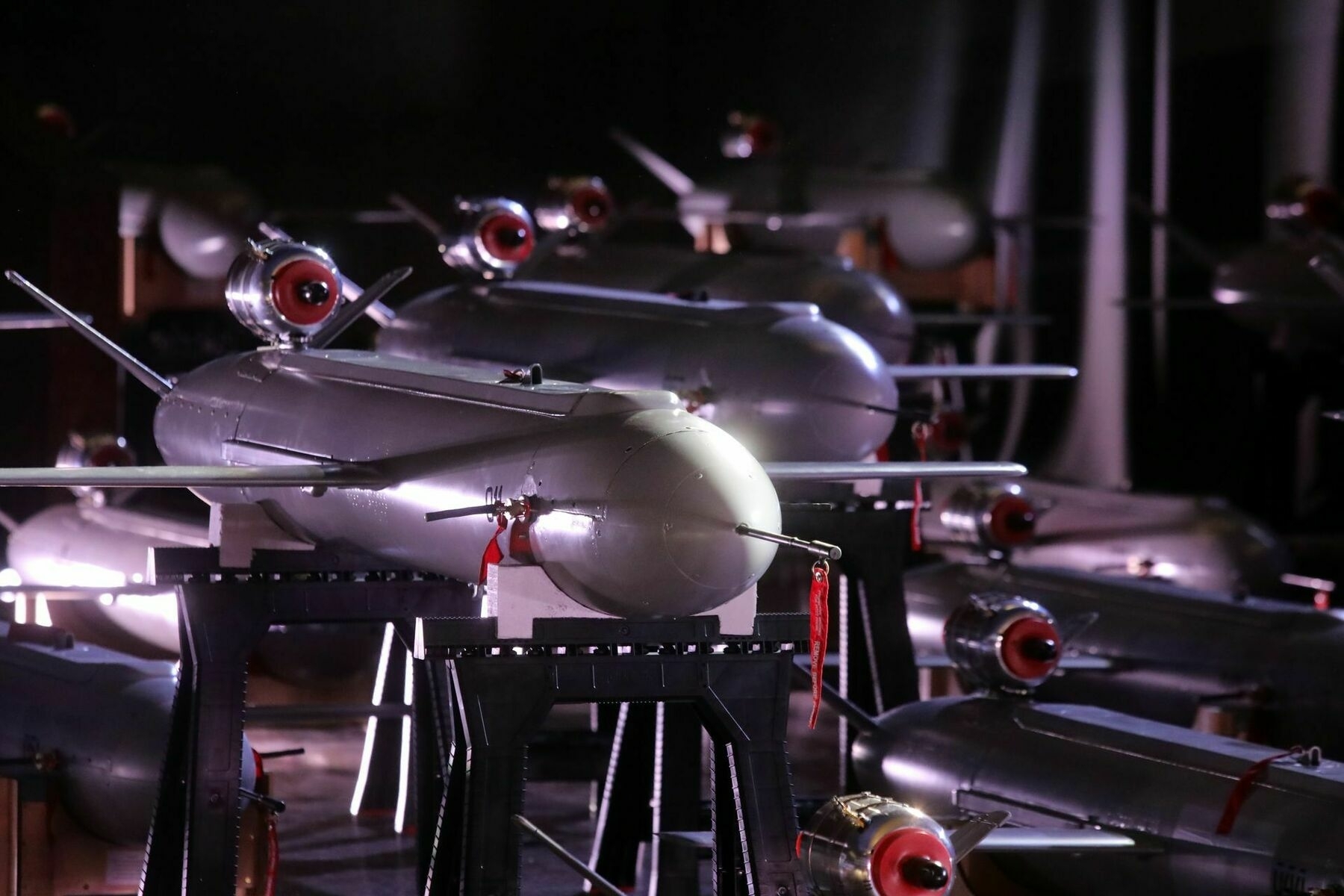
Russia
Photos
⚠️ Kenyan citizens are being forced to fight for Russia! A shocking story #shorts
Ukraine
Russia
Photos
Ukrainian teen’s escape from Russian-occupied territory
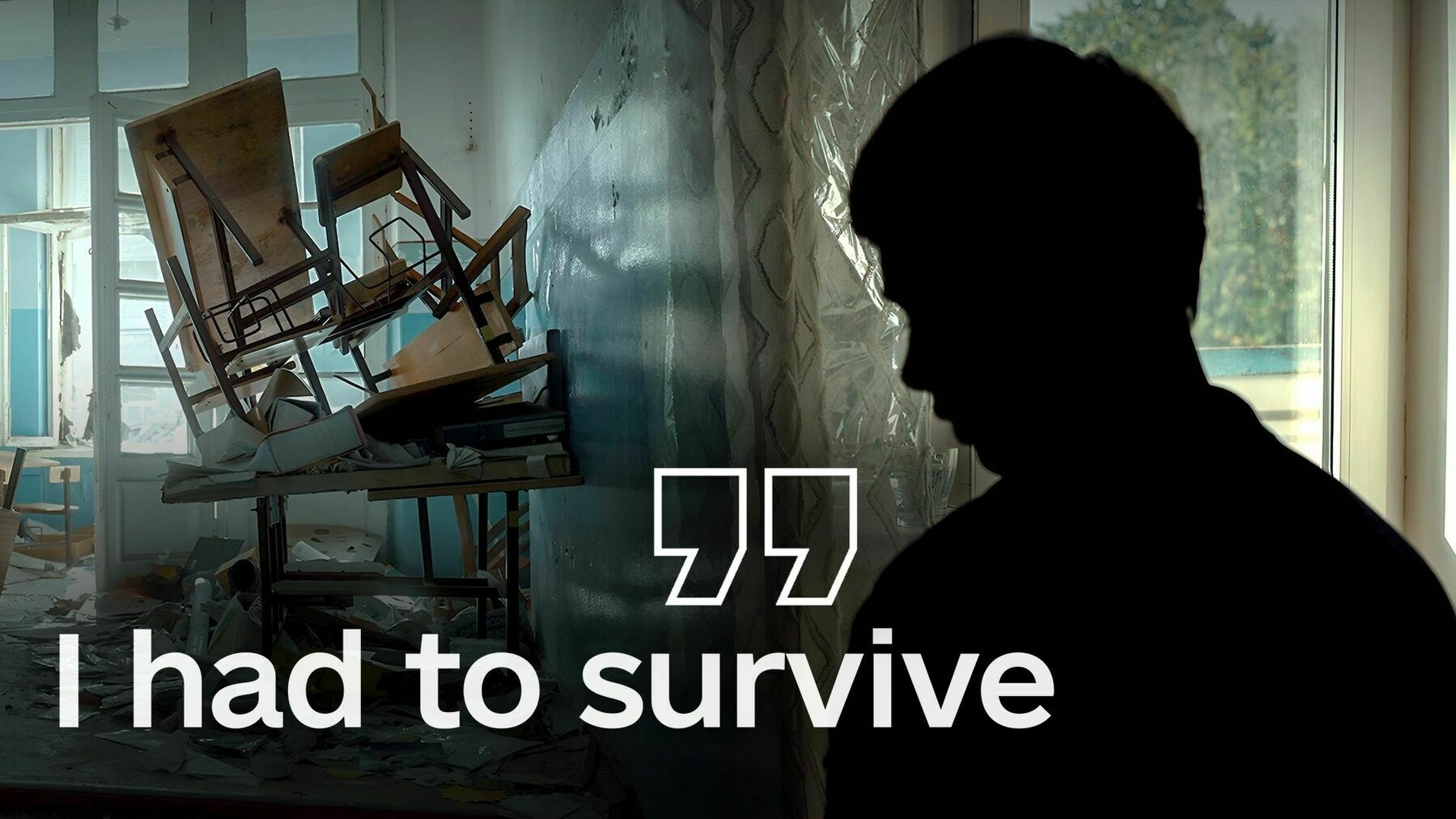
Russia
Photos
Analysis: Russian disinformation sets the stage for Transnistria provocations ahead of Moldova's elections
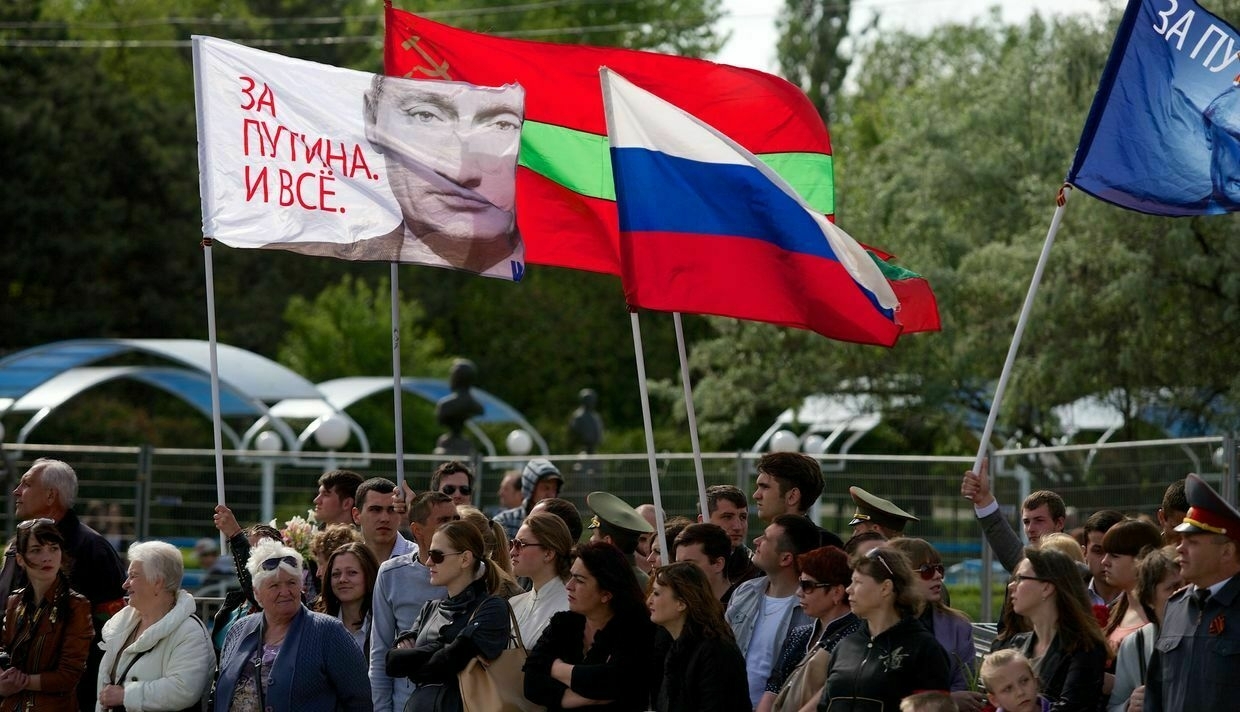
Editor's note: This article was published as part of the Fighting Against Conspiracy and Trolls (FACT) project, an independent, non-partisan hub launched in mid-2025 under the umbrella of the EU Digital Media Observatory (EDMO). Click here to follow …
Russia
Photos
Foreigners forced to fight for Russia: shocking stories from Kenya, India, and Africa
Ukraine
Photos
Hungarian drones breach Ukraine's airspace, Zelensky says
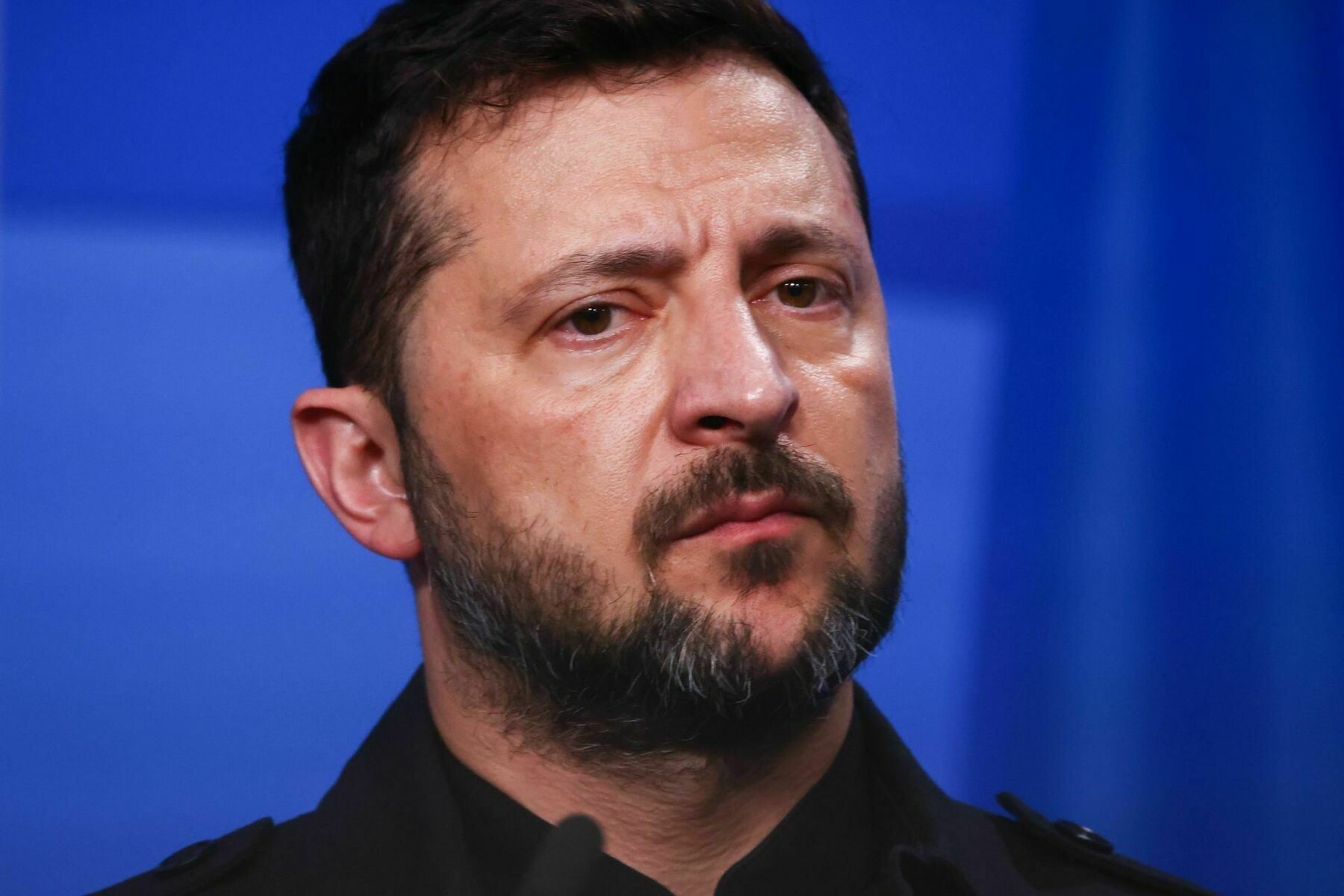
Russia
Photos
USA
In private UN talks, Zelensky asks Trump for Tomahawk missiles, the Telegraph reports
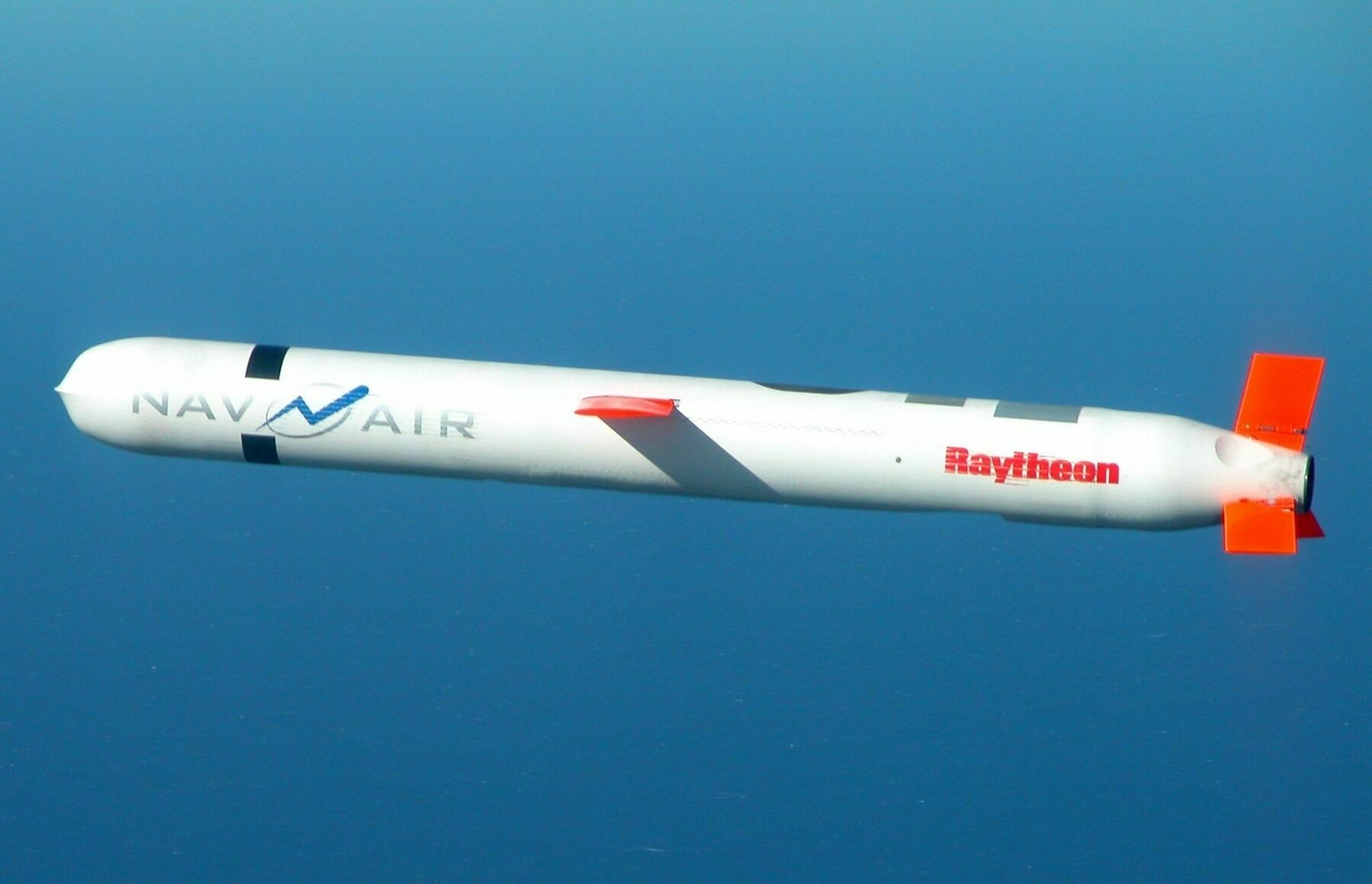
Ukraine
Photos
State grid boss ousted amid board-government rift
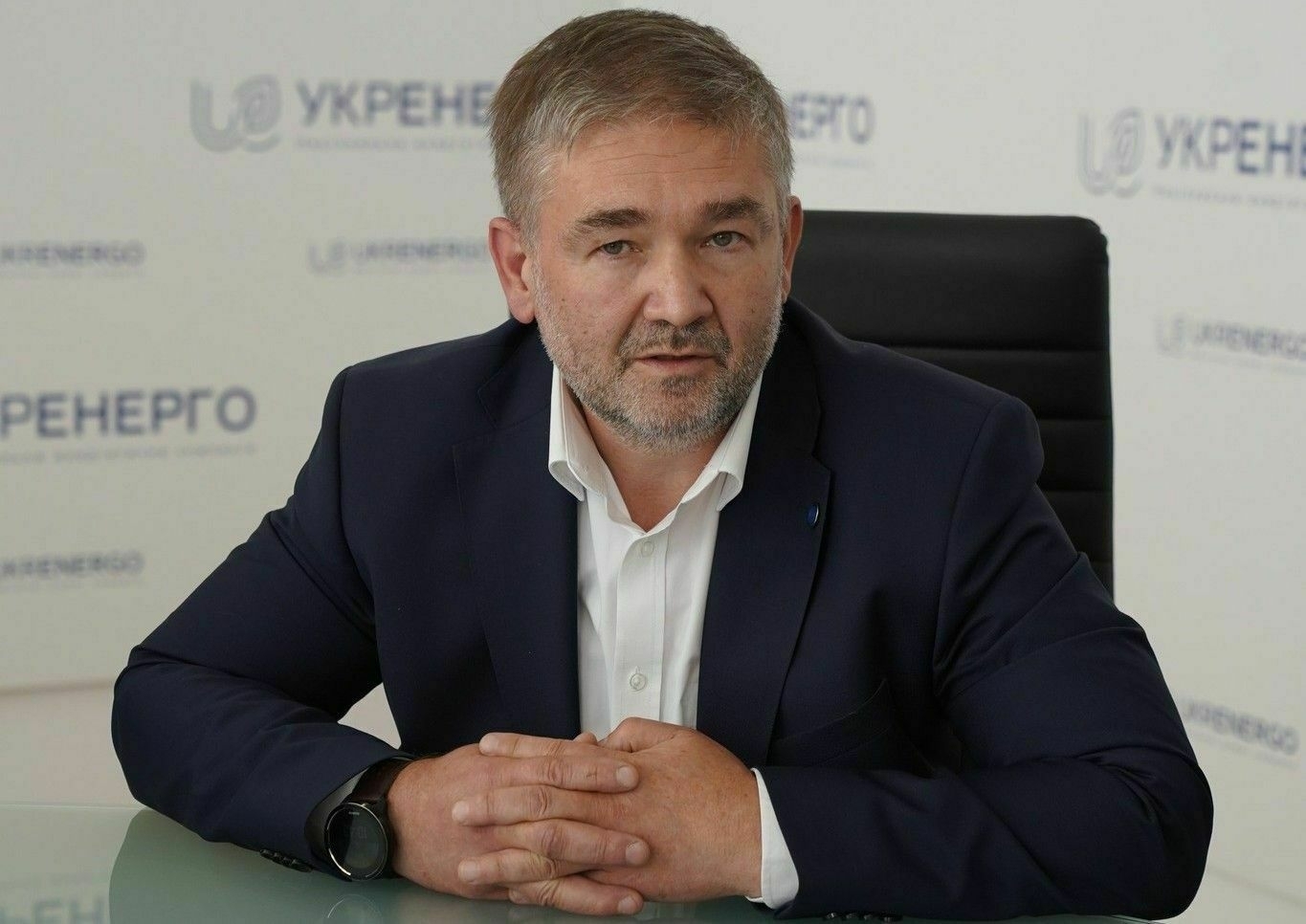
Editor's note: It is a developing story and is being updated.
The supervisory board of Ukraine’s state-owned energy grid operator Ukrenergo has fired Vitaly Zaichenko, the company's CEO, Inna Sovsun, a member of parliament from the Holos opposition …
